Nutaaq Tummaqtuyuq: Outdoor Plaza
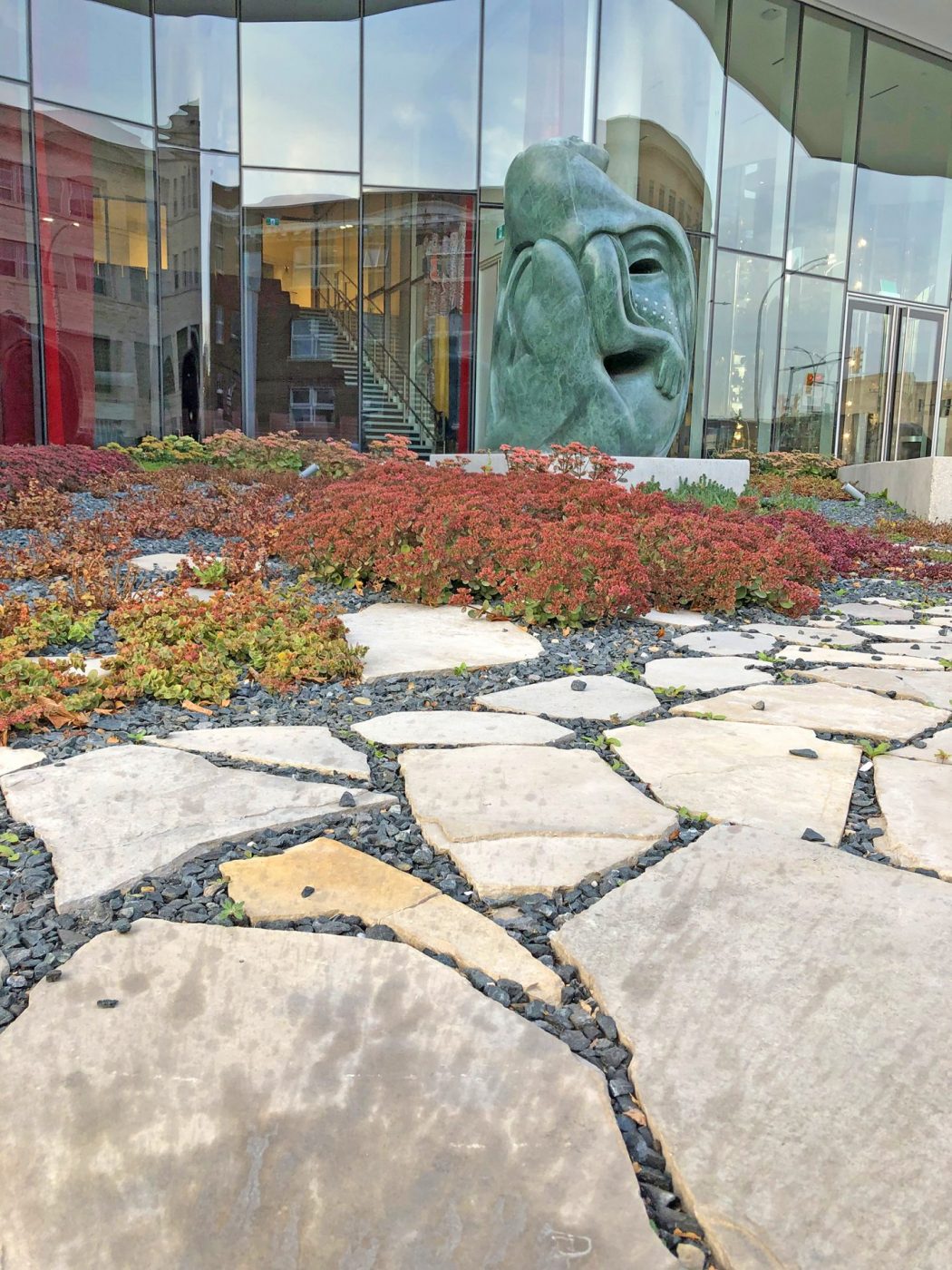
Qaumajuq principle architecture firm, Michael Maltzan Architecture, and HTFC Planning & Design collaborated on the vision for the plaza. We caught up with HTFC Landscape Architects, Monica Giesbrecht and Lana Reimer, to share about the design and hear about their practice. Learn about their inspiration, challenges, process, and more in this interview.
What inspired the landscape design of Nutaaq Tummaqtuyuq – the outdoor plaza?
The outdoor plaza was inspired by the stark openness and light of the north combined with its seasonal subtleties, textures and close-up details. HTFC works in the northern territories and several of the designers on this team have had the privilege of exploring the tundra landscape first hand with the guidance and hospitality of local knowledge keepers.
It was not possible nor would it have been appropriate to re-create the landscape where Qaumajuq’s art is born, but the plaza tries to capture the feeling of being out in a wide open landscape breathing fresh air and soaking in the sun or reveling at the power of the wind and snow. If you stop to contemplate and linger in the quiet south facing nooks of the plaza you will begin to pick up another layer of inspiration – the varied textures, the ever changing colours, the play of light and shadow on plants and stone, the warmth of stone basking in the mid-summer sun or the texture of wind-blown snowdrifts in the white-blue hues of winter.
Outdoor spaces are always in dialogue with their context. The plaza was also inspired by the idea that it was having an intimate talk with the existing Gallery building and the Qaumajuq addition. A visual or physical connection between inside and outside is possible from any vantage point inside the main floor of the building or the plaza.
The plaza also talks to the city. It is a new south gateway to the WAG. It says welcome, it says come explore, it says be proud to be the kind of city that cradles and nurtures a one of a kind relationship with the Canadian North and its people through art.
How did you incorporate the North in to this landscape in the South?
Incorporating the ‘northern-north’ into the ‘southern-north’ (because Winnipeg is certainly not south) was a challenge. We decided to approach the detailing of the plaza in a way that respected both eco-regions through abstraction and interpretation – the lens of an artist. Through this approach the plaza uses local Manitoba stone, soil and plant material to ensure an ecological footprint on the land, and the hardiness required for the landscape to weather Winnipeg’s unique seasonal and urban conditions. Interestingly, both Winnipeg and Nunavut thrive in climate extremes and their flora and fauna have adapted to weather a spectrum of conditions making this connection more achievable and appropriate than one might first think. The local plaza materials are used as a palette to create a place that captures some of the key feelings of a northern landscape as described in some of the previous questions. For a bit more detail here are two examples:
The diverse carpet of prostrate plants found on the Arctic tundra have extremely well developed mechanisms such as their size, growth habits, dormancy periods, leaf type and texture that allow them to flourish in the harsh arctic permafrost climate. The carpet of hardy, low, succulent groundcovers of various colours used in the Nutaaq Tummaqtuyuq plaza have evolved over millennia to withstand the extreme heat, drought and cold winters of arid landscapes across the globe. These succulents, or in this case sedums, used in the plaza have been further propagated and adapted by humans into cultivars of various colours, leaf patterns and resilience. The sedums were a perfect medium for creating the abstracted ‘living painting’ with the feeling of the northern tundra landscape that is the plaza.
The Arctic Ocean’s edges are subject to large tides and continuous weathering creating beautiful flats of naturally sorted rocks polished by seasons of water, wind and ice. Some of the oldest stones on earth find their way to arctic beaches. To contrast the reflective glass of the Qaumajuq main floor lantern walls, and soft plants of the tundra carpet, the design uses large polished concrete walks, steps and seat walls, and a border of subtly nuanced limestone pavers of varying sizes that gently dissipate into and a field of black granite mulch under the plants. These materials are all quarried in southern Manitoba, yet their sizes, colours, and textures reference the beaches of the great northern seas well.
First and foremost, we hope the plaza becomes a place not just a space. It is designed to change with every season and to be animated by ongoing WAG programming and exhibits that flow between the interior and exterior. ~ Monica Giesbrecht and Lana Reimer, HTFC Landscape Architects
What is Landscape Architecture?
Landscape Architecture is a design profession concerned with the design, planning, management and stewardship of the land. The work of landscape architects includes planning, designing and building a wide variety of outdoor spaces in urban, rural, and remote landscapes. Landscape architects strive to achieve environmentally, psychologically and financially healthy spaces by connecting and enhancing the interdependent social, ecological and geological conditions of a landscape. The work of landscape architects is all around us and includes urban planning and design, neighbourhood development, campus planning, parks, plazas, playgrounds, trails, streets, sports fields, green infrastructure, storm water management systems, native landscape restoration, sustainable horticulture, reforestation and more.
“Landscape architecture is neither art nor science, but art and science; it fuses environmental design with biological and cultural ecology. Landscape architecture aims to do more than to produce places for safe, healthful, and pleasant use; it has become a forum for the articulation and enactment of individual and societal attitudes toward nature. Landscape architecture lies at the intersection of personal and collective experiences of nature; it addresses the material and historical aspects of landscape even as it explores nature’s more poetic, even mythological, associations.” ~ John Beardsley Harvard Design Magazine 2020
What is the relationship between landscape architecture and urban design?
This is a very interesting and timely question. There is a lot of fluidity and overlap between the work of urban planners, landscape architects, architects, and urban designers. Good practitioners from any of these backgrounds consider context, connectivity, the environment, materials and meaning in developing any project. Generally speaking, urban planners/designers look at the larger context of the City or Neighbourhood and plan for the ongoing growth of the community with projects such as Qaumajuq making up a part of the overall urban experience while landscape architects and architects focus on the detailed design and construction of the buildings and outdoor areas that are the building blocks of this urban fabric.
Several perspectives are always better than one. Qaumajuq (the Inuit art centre) and by extension Nutaaq Tummaqtuyuq (the Plaza) were developed collaboratively with ideas from architects, artists, curators, landscape architects, engineers and urban planners. Some of these professionals were remote while others were local allowing the group to bring different perspectives of placemaking to the project. The result of the iterative and collaborative journey the design team took on this project is an urban plaza that reflects the landscape, light and art of the Inuit in a unique and dynamic way while still feeling like a natural extension of the streets, parks and open spaces it connects to.
The plaza is soulful and fun, changing with the seasons and echoing the landscape of the far North as a piece of abstract living art. ~ Monica Giesbrecht and Lana Reimer, HTFC Landscape Architects
It is also a fully accessible and inclusive place with comfortable spaces to relax and contemplate art or people watch, that enhances amazing views to nearby landmarks, and uses local materials and adaptive plants to thrive in Winnipeg.
Did your team learn anything in the process?
Our team learned so much during this process. We met new people and new ideas. We collaborated with artists, curators and exceptional makers and builders. We learned new ways of looking at landscape from different points of view and expertise.
We learned achieving a big idea takes many small details that can only be perfected through trial and error and real life mock ups. We learned to forgive ourselves and try again when an idea did not work. We researched, tested, and developed even the smallest details to make the plaza as durable and beautiful as possible.
As we learned from others, so they learned from us. Most importantly, the staff and leadership at the WAG learned and understand that this plaza is a living landscape with ephemeral uses, and it will evolve over time requiring the same kind of stewardship as the collections curated, celebrated and cared for so deeply inside. We hope the public will learn this too over time.
Thank you to the entire HTFC Nutaaq Tummaqtuyuq team: Monica Giesbrecht (FCSLA) – lead LA, with Kaili Brown (MALA) and Lana Reimer (MALA) as Project LA’s, and Heather Cram (FCSLA) as Senior Advisor.
WAG-Qaumajuq is grateful to The North West Company and its current and former directors and senior leaders for making Nutaaq Tummaqtuyuq possible – Brock Bulbuck, Deepak Chopra, Kyle Hill, Bob Kennedy, Edward Kennedy, John King, Violet Konkle, Dan McConnell, H. Sanford Riley, J. Derek Riley, Eric Stefanson and Ian Sutherland.
2 thoughts on "Nutaaq Tummaqtuyuq: Outdoor Plaza"
Leave a Reply
Related Stories
WAG-Qaumajuq is open Wednesday to Sunday, 11am to 5pm. To plan your visit, check out wag.ca/visit.
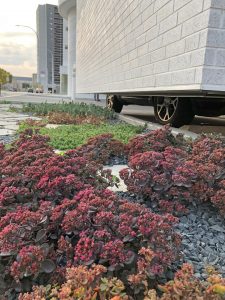
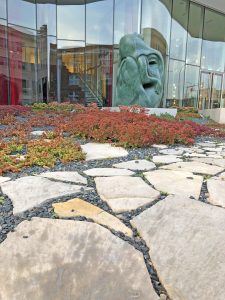
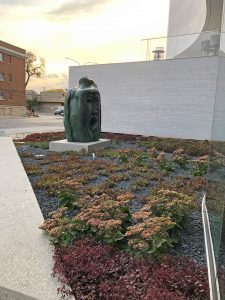
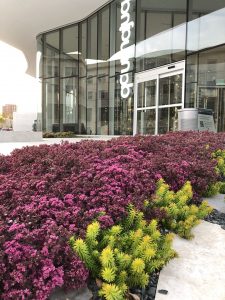
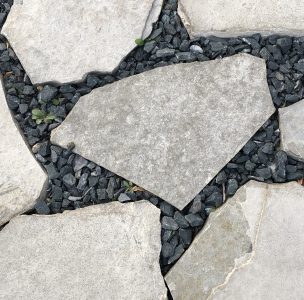
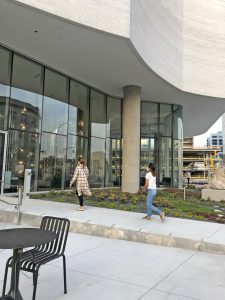
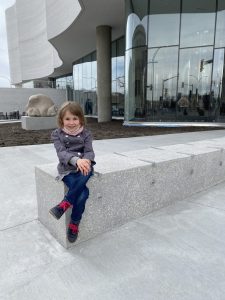
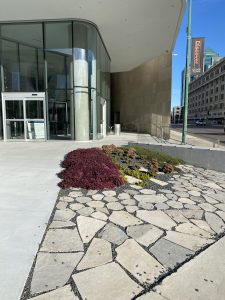
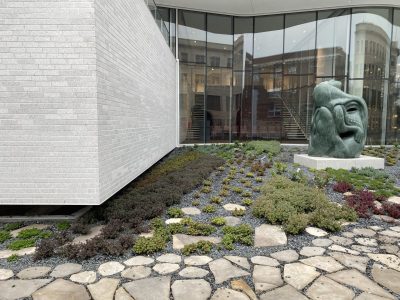
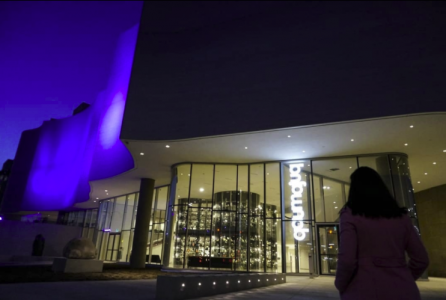
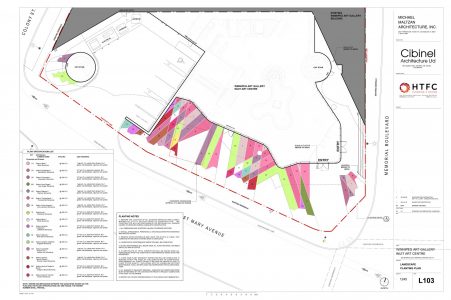
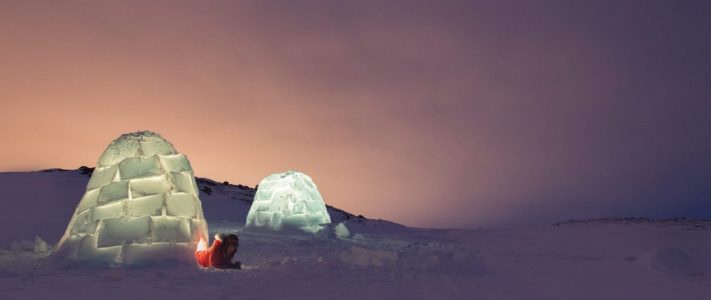
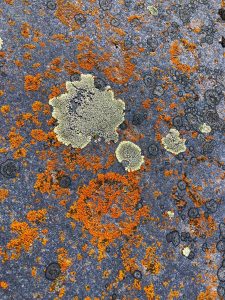
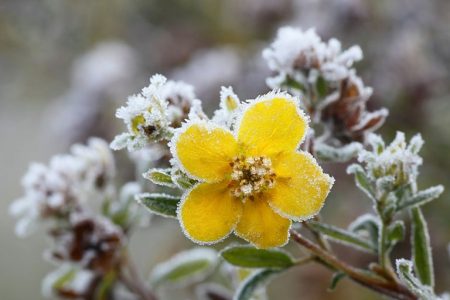

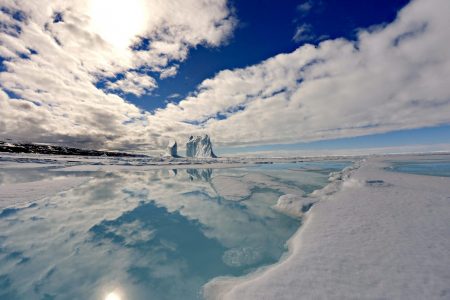
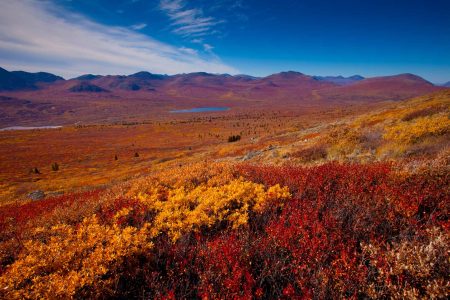
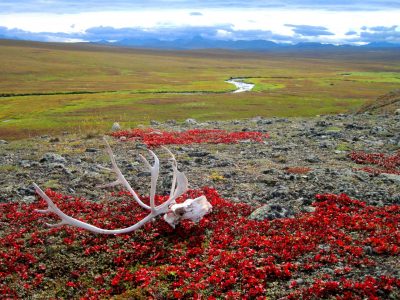

What are the particular pink low sedums planted in the outdoor entrance pathways of the WAG. I would like to order some from a nursery.
Thanks,
Julie Diakiw
jdiakiw@mts.net
Hi Julie, thanks for your question! We’ll have to look into it for you – someone at a nursery may know though!